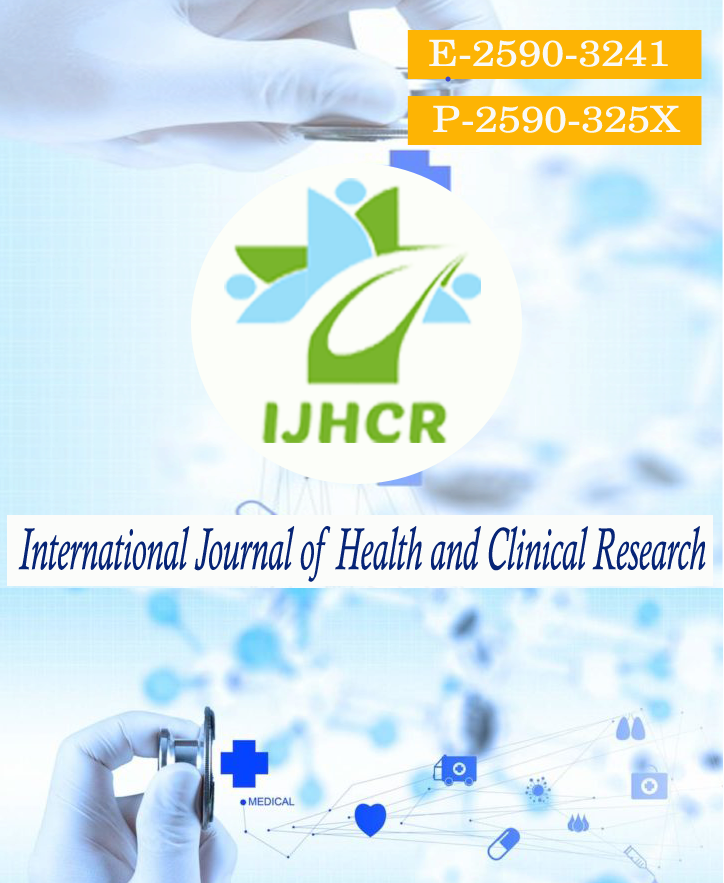Clinico– Microbiological Study of Chronic Dacryocystitis
Keywords:
Dacryosystitis, antibiotic resistance, Gram positive, Amikacin, SensitiveAbstract
Background: Chronic dacryocystitis is the most commonly encountered adnexal disease met within the routine practice and is important cause of ocular morbidity in India.Methodology: 117 consecutive patients diagnosed with chronic dacryocystitis were included in this cross sectional study. After obraining a written informed consent all the subjects underwent baseline evaluation. Sample fluid was collected by applying pressure over the lacrimal sac and allowing the regurgitant material to reflux through the lacrimal puncta or by irrigating the lacrimal drainage system with sterile saline and collecting the sample from the refluxing material. The samples were sent to microbiology department for Grams staining and culture. Antibiotic sensitivity testing was done for the cultured bacterial growth by the Kirby Baur disc diffusion test.Results: Chronic dacryocystitis shows highest incidence in the 5th decade of life. Chronic dacryocystitis is more common in females than in males. Left eye was involved more than right eye. Majority of patients had mucopurulent type of discharge. Among cases with mucopurulent and purulent discharge the percentage of samples yielded positive growth on culture were higher as compared to cases with serous discharge. Majority of cases with serous discharge showed no growth onculture. Majority of patients presented with epiphora associated with mucopurulent or purulentdischarge. Deviated nasal septum was the predominant nasal association. 58.7% of the samples cultured were positive for microorganisms. The commonest aerobic Gram positive bacteria cultured were Staphylococcus species. Among Gram negative bacteria Pseudomonas and Klebsiella were common. Anerobic organisms could have been responsible in many cases that yielded no growth in our study. The Gram positive isolates were more sensitive to Vancomycin followed by Erythromycin and Clindamycin. The Gram negative isolates were most sensitive to Ciprofloxacin and Amikacin.Conclusion: Knowledge about bacteriology of chronic dacryocystitis contributes significantly to choice of prophylactic antimicrobial agents that act specifically on the causative organism and also prevents antibiotic resistance caused due to injudicious use ofantibiotics.
Downloads
Published
How to Cite
Issue
Section
License
Copyright (c) 2021 Vijay Prakash Kinikar, Yashaswi Pendyala, K. Vijay Kumar

This work is licensed under a Creative Commons Attribution 4.0 International License.






 All articles published in International Journal of Health and Clinical Research are licensed under a
All articles published in International Journal of Health and Clinical Research are licensed under a 